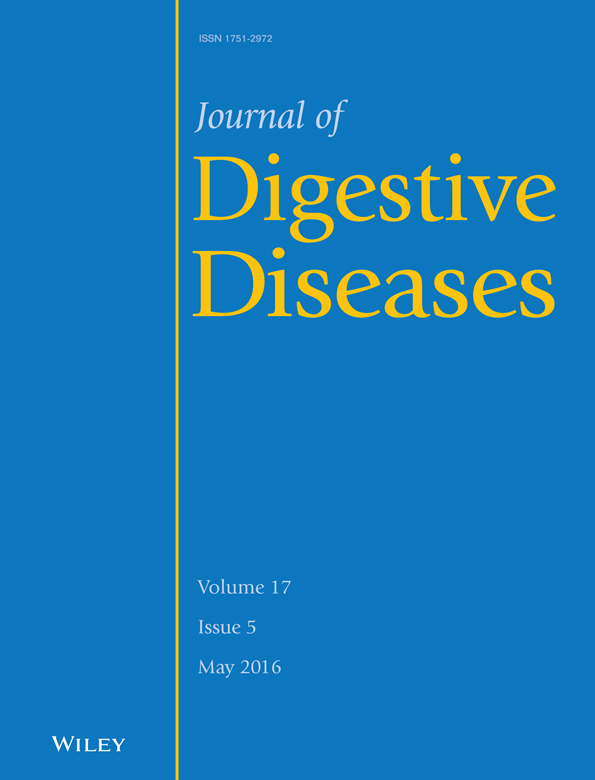Comparison of clinical efficacy and renal safety of telbivudine and entecavir in chronic hepatitis B patients receiving cytotoxic chemotherapy
Abstract
Objective
Limited data is available on the clinical outcomes of telbivudine (LdT) and entecavir (ETV) in pre-emptive antiviral chemoprophylaxis. This study aimed to evaluate the clinical efficacy and renal safety of LdT and ETV in patients with chronic hepatitis B (CHB) who received cytotoxic chemotherapy.
Methods
Altogether 290 treatment-naïve CHB patients undergoing intense chemotherapy were enrolled to receive daily 600 mg of LdT or 0.5 mg of ETV as pre-emptive antiviral chemoprophylaxis.
Results
The ETV group had significantly higher proportion of patients with undetectable hepatitis B viral (HBV) DNA load compared with LdT at week 24 (73.0% vs 50.3%, P = 0.000). The cumulative rates of virological breakthrough in the LdT and ETV groups were 9.15% and 3.65% at the second year of therapy, respectively (P = 0.059), which was associated with detectable HBV DNA at week 24 (P = 0.000). The MELD score of the LdT group was significantly lower than that of the ETV group after the first year (4.53 vs 7.53, P = 0.002) and the second year (1.96 vs 7.09, P = 0.000) of antiviral therapy. Moreover, the estimated glomerular filtration rate (eGFR) was significantly improved in the LdT group than in the ETV group after two years of antiviral therapy.
Conclusion
LdT has a lower clinical efficacy in viral suppression than ETV, but LdT is associated with greater extent of improvement in liver and renal functions of patients in pre-emptive prophylaxis for cytotoxic chemotherapy.




